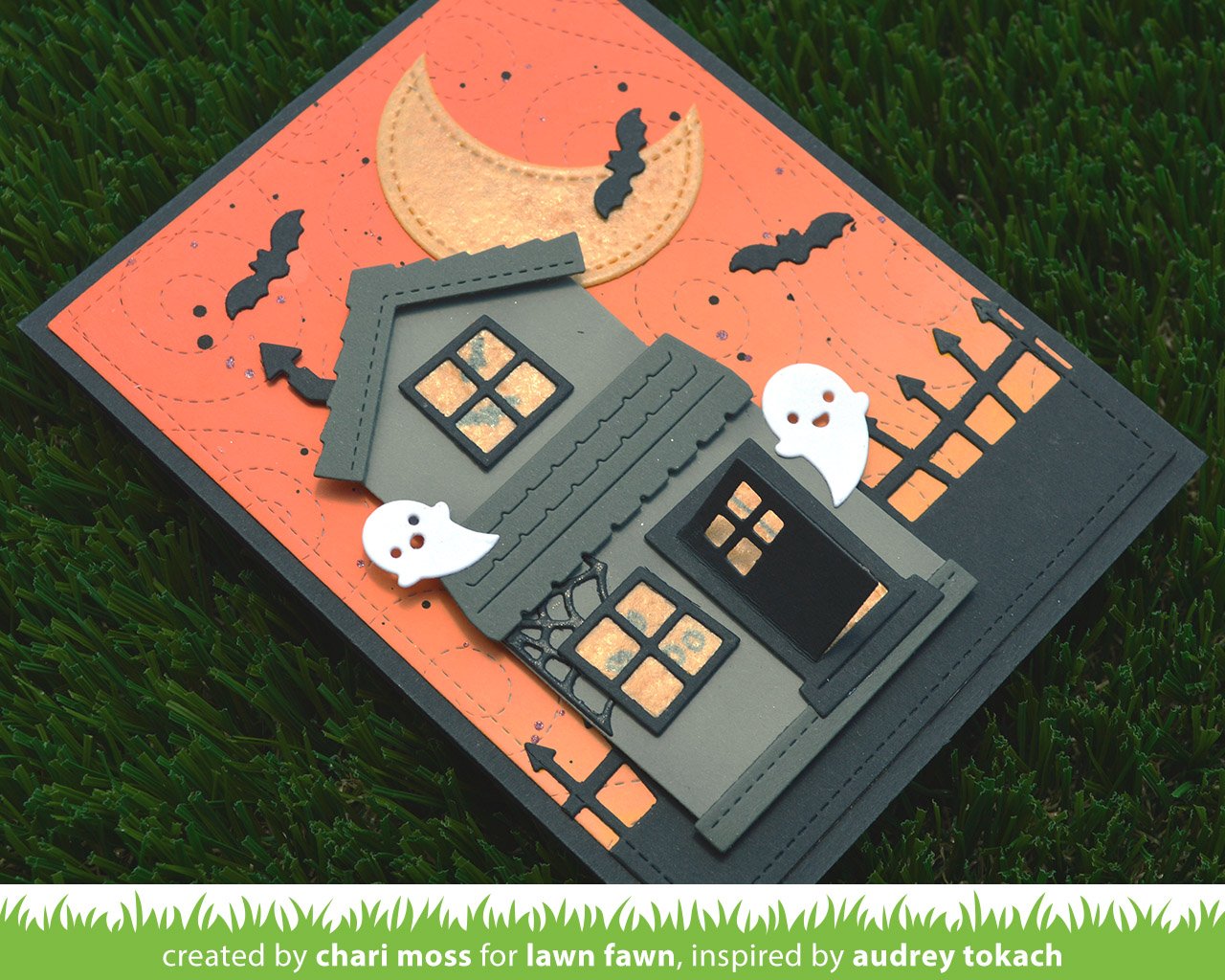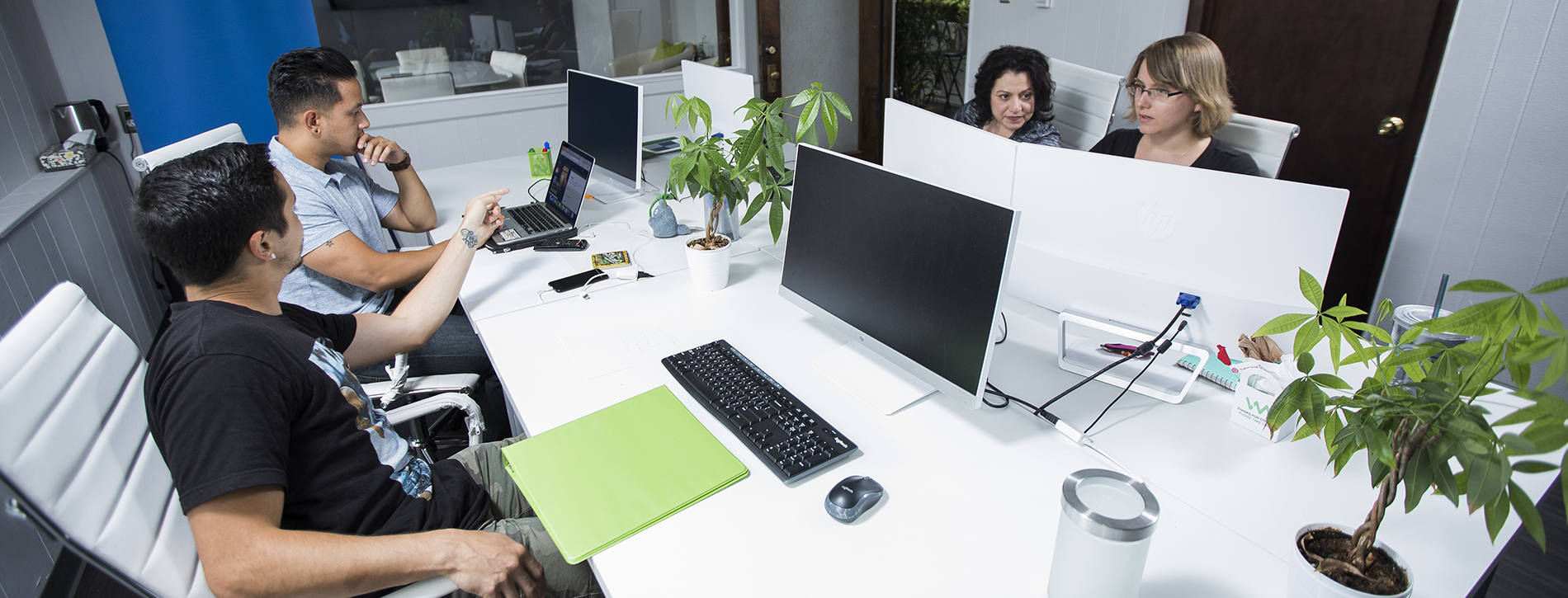Table Of Content

You also will want to install flooring or carpet throughout your home. Nationally, the average cost of cabinets and countertops is $17,775, while flooring costs an average of $13,019. In a brand-new home, the cost of painting the walls averages $8,793. Once you know the type of home you’re going to build, you’ll want to decide on an architectural style. The opportunity to design the look of your home may be why you’re looking into how to build your own house. Remember to consider the climate, and the style of other homes in the area, in addition to your personal preferences.

Choosing a builder or contractor
Even if your presence is not required, it’s an opportunity to learn more about what’s behind the walls of your new home and how everything works. If you’re planning to hire your own inspector to do an additional review of the home, notify your builder prior to the start of construction. In addition, on the exterior, the driveway, walkways, and patios are formed at this stage. Many builders prefer to wait until the end of the project before pouring the driveway because heavy equipment (such as a drywall delivery truck) can damage concrete.
STEPS TO BUILDING A HOUSE IN LOS ANGELES
Your home probably requires some level of siding, as well as window shutters or other decorative details. A flat surface is necessary to build a home, so you’ll need to level the land. Also called grading or re-sloping, properly leveling the site prevents drainage problems and soil erosion. If your new lot is empty, you may be able to clear it on your own, or with help from friends and family. If there are structures, debris, or large trees, you’ll need to hire a company or team to do the job.
Step 3: Research and hire the building team
It can be a long, daunting process, but the end result is well worth it. Working with builders, architects and design experts can make the process easier in the long run and bring out your home’s full potential. In the end, you get to have your dream home made just for you and your family. These pre-made blueprints and layouts can be built as-is, or you can modify them with your customizations. As you narrow down your choices, bring your builder and architect in to make sure the land works with your vision. They can tell you if there are restrictions that would make construction more expensive, such as zoning issues, steep grades or remote locations.
Taking the scope of the project into account before you get started can help make the process go a lot more smoothly. Learn the proper ways to find the right location, design your home, acquire the correct permits, and breaking ground. See Step 1 to learn how to get started building your own house. Next, you need to have your design and floor plans for building your house in Los Angeles. During this stage, you can choose from a wide range of floor plans and designs to choose the one that is just right for you. You can modify an existing plan or choose a custom plan for New Home Construction in Los Angeles.
Starfield Finally Lets You Build The House Of Your Dreams - Screen Rant
Starfield Finally Lets You Build The House Of Your Dreams.
Posted: Sun, 31 Mar 2024 07:00:00 GMT [source]
The bigger the home you’re constructing, the more patience and persistence you’ll need. Your lender will also evaluate your personal finances during the approval process. Once you have your lender, get your application approved as soon as you can. You’ll not want costly delays once your home is ready to occupy. Just about any program open to traditional home refinances should be available to you as well.
Finding an Architect and Builder
Examine the surfaces of countertops, fixtures, floors, and walls for possible damage. A building code official completes a final inspection and issues a certificate of occupancy. If any defects are found during this inspection, a follow-up inspection may be scheduled to ensure that they’ve been corrected. Installing faucets runs around $161 and $364 on average, while sinks cost $330 to $1,300 and toilets around $400 and $800 on average to install. This is important to keep in mind when planning how many bathrooms you want your new house to have.
One-time-close construction loans can be simpler and cost less upfront, but you might end up with a higher mortgage rate in the long run. Many lenders require you to have a permanent mortgage lined up before they’ll release funds for the building process. However, using two or three loans means paying two or three sets of closing costs — and going through the underwriting process multiple times. Getting separate loans for each stage of the construction process might be easier from a lender standpoint. It might give you more control as well, because you can shop for the best rates on each loan. If you want a custom home in your ideal location — and you have the time and money to make a construction loan happen — building a new house could be a great choice.
Steps 1-7: Finding, acquiring, and preparing the site
This often is called a blue-tape walk-through, or a blue-tape inspection. You’ll meet with a representative from the construction company, and they’ll make sure you’re satisfied with the work. Be sure to pay attention during the walk-through, and ask questions.
“They spend a good bit of time designing the home to be unique to their family needs and tastes so seeing it all come together is rewarding for them,” Perschino says. This is your chance to speak up if there are any problems you notice. This walkthrough is also an opportunity for your builder to explain your warranty and home maintenance and point out anything that needs your attention.
Many people dream of living in a home they designed and built from the ground up to be exactly the way they want. But building a house step by step is a lot of work — and it likely will cost more than buying an existing home. Planning for and understanding the steps to building a house will prepare you for the process. Adding insulation is an important step for controlling a house’s temperature and keeping cooling and heating costs low. Foam, fiberglass, and cellulose are common insulation materials. Your contractor will typically insulate exterior walls, and areas around a basement, crawl spaces, or attic.

Your architect can also factor the lot’s sunlight and airflow into your plans to maximize energy efficiency. As you file for a construction loan, having detailed plans is helpful so you know how much work you need to do. At closing, you’ll sign the paperwork needed to make your newly built home officially yours. Depending on how you financed the construction, you may have closing costs to pay at this time.
Contractors begin installing exterior finishes such as brick, stucco, stone, and siding. Installing rough plumbing in an entire home can cost anywhere from $8,000 to $12,000, or an estimated cost of $4.50 per square foot for new construction. Often, site preparation and foundation work are performed by the same crew, but this may not be the case with a wooded lot. Using a backhoe and a bulldozer, the crew clears the home site of rocks, debris and trees and, if applicable, digs for the septic system. “Our homeowners enjoy watching the home come together, from pouring the foundation to framing and watching the home take shape,” he says.
And your municipality requires you to get permits, code inspections, and approvals throughout construction. The amount of time varies with the complexity of the job, the skill of the builder, and outside forces like the weather. On average, it can take anywhere from four to 12 months to build a home. Building the home itself can take anywhere from 4 months to over a year. You might also choose a construction-only loan to have more control over the permanent financing.
We can even help you gather everything you need to get the ball rolling and speed the process along a little. So, in total, expect a house to go from ‘breaking ground’ (the traditional start of a project where the trenches are dug for the foundations) to moving in over a period of six and 12 months. At extreme ends, some timber frame package companies claim to be able to get a house ready and liveable within six months.

No comments:
Post a Comment